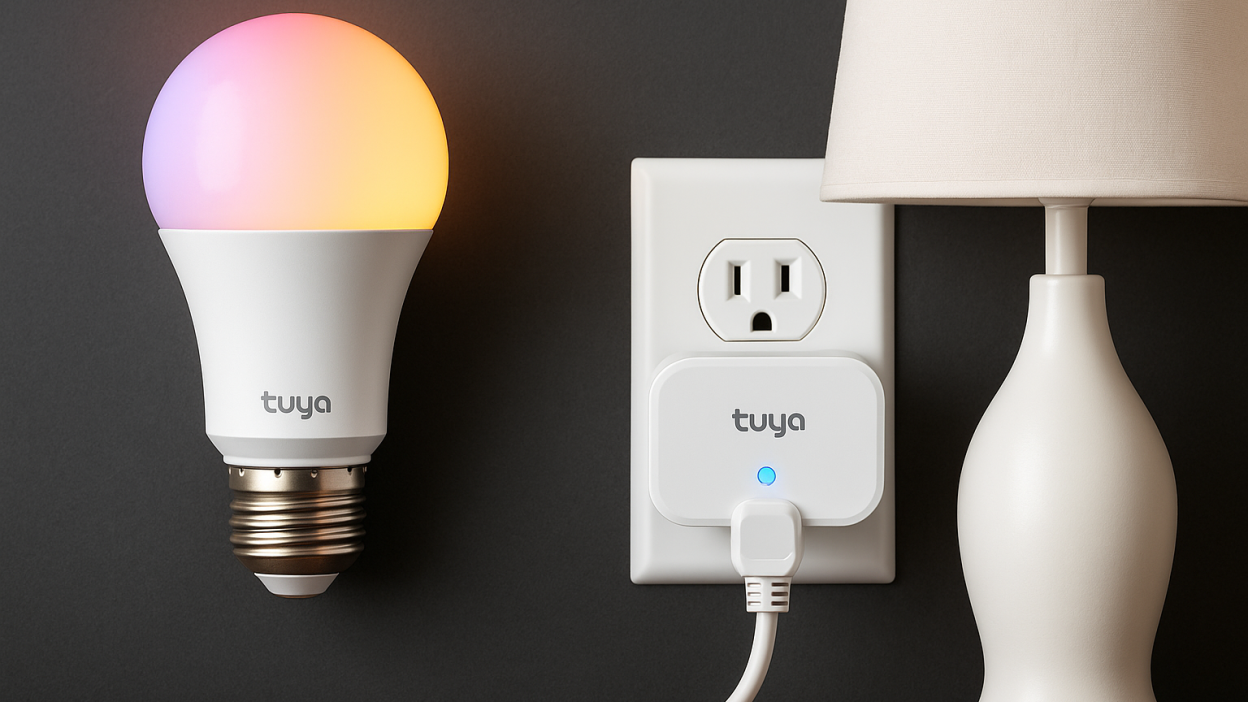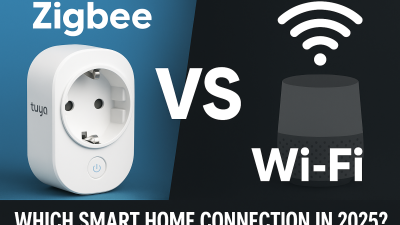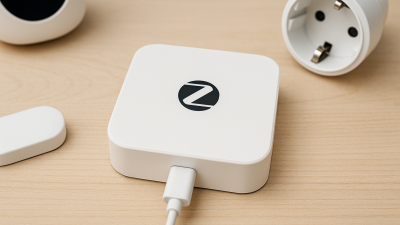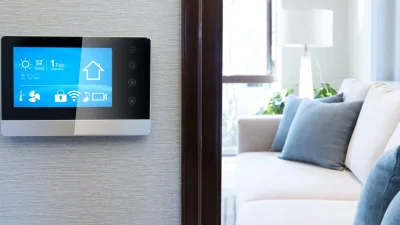Tuya Smart Bulbs vs Smart Plugs: Which One Should You Start With?
For many homeowners exploring smart home technology for the first time, the choice often comes down to two simple and affordable devices: Tuya smart bulbs and Tuya smart plugs. Both are inexpensive, easy to set up, and a great introduction to automation. But which one should you start with in 2025? In this detailed guide, we’ll compare their features, benefits, limitations, and ideal use cases to help you make the right choice.
Why Compare Smart Bulbs and Smart Plugs?
Smart bulbs and plugs often overlap in functionality. Both allow you to control devices remotely, schedule automations, and integrate with voice assistants. However, they serve different purposes and can fit very different lifestyles. Understanding their strengths helps you avoid buying the wrong device for your needs.
What Are Tuya Smart Bulbs?
A Tuya smart bulb connects directly to your Wi-Fi or Zigbee network and is controlled through the Smart Life app. You can switch it on and off, adjust brightness, and change colors depending on the model. Many smart bulbs also support warm-to-cool white tones and RGB colors for mood lighting.
Key Benefits
- Flexible lighting control: Adjust brightness, colors, and tones.
- Scenes and automations: Sync with routines like waking up or movie nights.
- Energy efficient: LED bulbs consume less power.
- Direct control: No need for a traditional switch if always powered.
Limitations
- Requires lamp sockets (E26/E27, GU10, etc.) and may not fit every fixture.
- If someone turns off the physical switch, the bulb becomes “dumb.”
- More expensive per bulb compared to standard LEDs.
What Are Tuya Smart Plugs?
A Tuya smart plug is a Wi-Fi-enabled adapter that goes into a wall outlet. Once paired, it allows you to turn on or off any device plugged into it. Smart plugs don’t change the device itself but give remote control and scheduling capabilities to traditional appliances.
Key Benefits
- Versatility: Works with lamps, kettles, coffee makers, fans, and more.
- No wiring changes: Simply plug in and pair.
- Energy monitoring: Some models track power consumption.
- Affordable: Typically cheaper than smart bulbs.
Limitations
- No dimming or color control — only on/off functionality.
- Bulky design may block adjacent outlets.
- Limited to the wattage capacity (usually up to 16A).
Comparison: Tuya Smart Bulbs vs Smart Plugs
| Feature | Smart Bulbs | Smart Plugs |
|---|---|---|
| Setup | Screw into a light socket | Plug into wall outlet |
| Control Options | On/Off, dimming, colors | On/Off only |
| Energy Monitoring | No | Yes (on some models) |
| Cost | Higher per device | Lower per device |
| Best Use Case | Lighting control and ambiance | Making traditional devices smart |
Which Should You Start With?
The decision depends on your priorities:
- Choose Smart Bulbs if you want customizable lighting, mood settings, and voice-controlled dimming.
- Choose Smart Plugs if you want to automate appliances, save energy, or add smart control without replacing devices.
Real-Life Examples
Scenario 1: The Night Owl
If you love reading late at night, a smart bulb lets you dim the light without leaving your bed.
Scenario 2: The Coffee Lover
Using a smart plug with your coffee maker means you can schedule it to brew coffee at 7:00 a.m. automatically.
Scenario 3: The Traveler
Smart plugs can simulate presence by turning lamps on/off randomly while you’re away, improving home security.
Automation Ideas
- Smart Bulbs: Sync with sunrise/sunset, adjust colors for parties, create bedtime routines.
- Smart Plugs: Automate fans for temperature control, turn off iron when leaving home, power off entertainment systems at night.
Conclusion
Both Tuya smart bulbs and Tuya smart plugs are excellent entry points into smart home automation. If lighting customization excites you, start with bulbs. If appliance control and versatility matter more, start with plugs. Either way, you’ll experience the power of Tuya’s Smart Life ecosystem and be ready to expand into more advanced devices like switches, sensors, and cameras.



